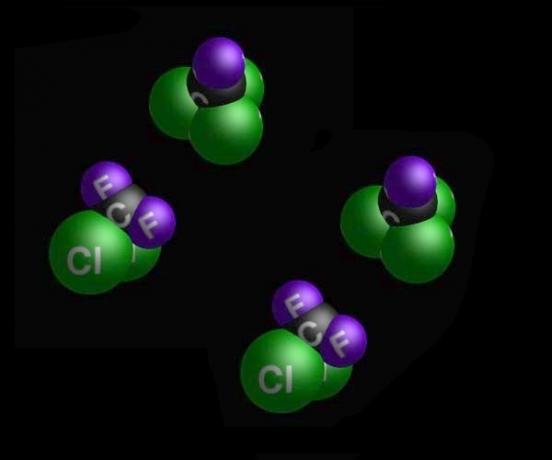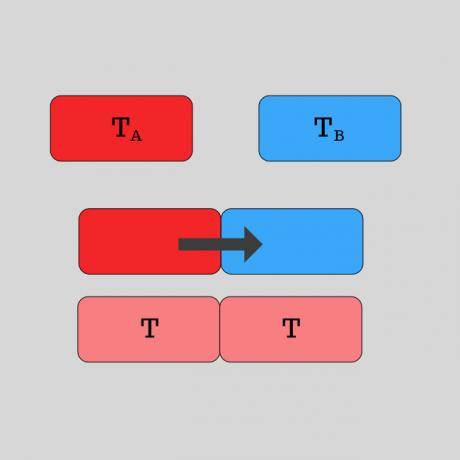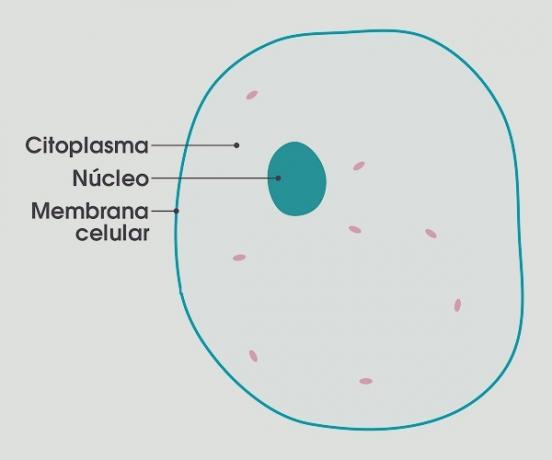neurons are the cells that make up the nervous system, responsible for conducting, receiving and transmitting nerve impulses through the body, making it respond to environmental stimuli, for example.
The human nervous system is made up of two groups of cells: neuroglia and neurons. In addition to having the function of transmitting stimuli, neurons also transmit information to each other through synapses, processes that consist precisely in the exchange of information between these cells.
All actions of human beings, from voluntary, involuntary locomotion, thoughts, memories, cognitive abilities, sensations, among other things, are only possible thanks to neurons.
It is estimated that there are approximately 86 billion neurons in the nervous system of human beings.
See also:meaning of the nervous system.
parts of the neuron
Neurons are divided into the following parts: cell body, cell nucleus, dendrites, axon and telodendrites.

- Cell body / Sum: where the cell's nucleus, cytoplasm and cytoskeleton are located, as well as information from the person's DNA. It is also from this part that the extensions of the neurons come out - dendrites and axon, and where the integration of information takes place.
- Dendrites: prolongations that act on the reception of nervous stimuli, whether from the environment or from other neurons. These stimuli are transmitted to the cell body (sum).
- Axon: they are prologs that transmit electrical impulses from the cell body.
- Telodendrites: terminal part of the axon branch, when the impulse is transmitted to another neuron or organ.
Types of neurons
Neurons can have different shapes depending on their structure, for example. In this case, the shape of the neuron will directly interfere with its function.
- Multipolar neurons: have more than two extensions that depart from the cell body. They may have multiple dendrites, but only one axon.
- Bipolar neurons: they have two extensions from the cell body, an axon and a dendrite.
- Pseudo-unipolar neurons: with only one extension starting from the cell body, but this splits into two new extensions, but both are axons.
- Unipolar neurons: they have only a cell body and an extension (axon). They are not usually very common, in addition to serving as sensory cells in the retina and olfactory mucosa.
Neuron Functions
Neurons can still be classified according to their function.
- Sensory or afferent neurons: as the name suggests, these cells transmit stimuli from outside the body that are produced inside the organism and, later, transmit this information to the Central Nervous System.
- Motor or efferent neurons: they receive information from the nervous system and transmit it to the muscles and other glands in the body.
- Interneurons: they exist in the Central Nervous System (CNS) and serve to transmit information and stimuli between the neurons themselves, thus interpreting sensory stimuli.
See also:Cell and Parts of the human body.



